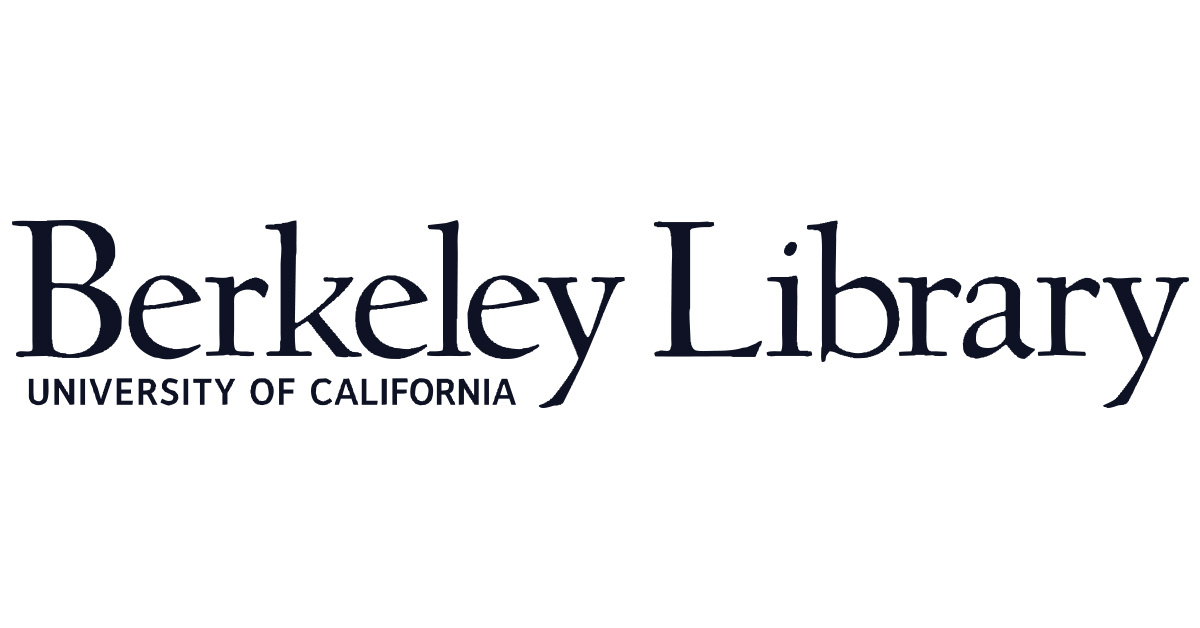Digital Investments, Structural Transformation, and Economic Growth in Advanced Economies: Empirical Analyses and Perspectives
DOI:
https://doi.org/10.5281/zenodo.17213763Keywords:
Digital investment; Economic growth; Structural transformation; ICT infrastructure; Human capital; ARDL model; Cointegration; South Korea; Germany; United States; Advanced economies; Digital economy policy.Abstract
This study examines the long-term and short-term effects of digital investments on economic growth and structural transformation in three advanced economies: South Korea, Germany, and the United States, over the period 2010–2024. Using an Autoregressive Distributed Lag (ARDL) framework, we assess the role of ICT infrastructure, R&D in digital technologies, and broadband penetration, alongside complementary factors such as labor productivity, human capital, gross capital formation, and trade openness. Panel unit root and cointegration tests confirm the existence of stable long-run relationships for most cases, with digital investment intensity exerting a significant and positive impact on GDP per capita in both the long and short term. Country-level estimations reveal substantial heterogeneity, with South Korea achieving the highest returns to digital investment, Germany showing more moderate effects, and the United States displaying robust but more volatile long-run relationships. The results highlight the importance of complementary assets particularly human capital and organizational capacity in maximizing the growth benefits of digitalization. Policy recommendations emphasize integrated strategies that align infrastructure development, capacity building, and innovation policy, underpinned by strong institutional frameworks and international cooperation.
Downloads
Published
How to Cite
Issue
Section
License

This work is licensed under a Creative Commons Attribution-NonCommercial-NoDerivatives 4.0 International License.























